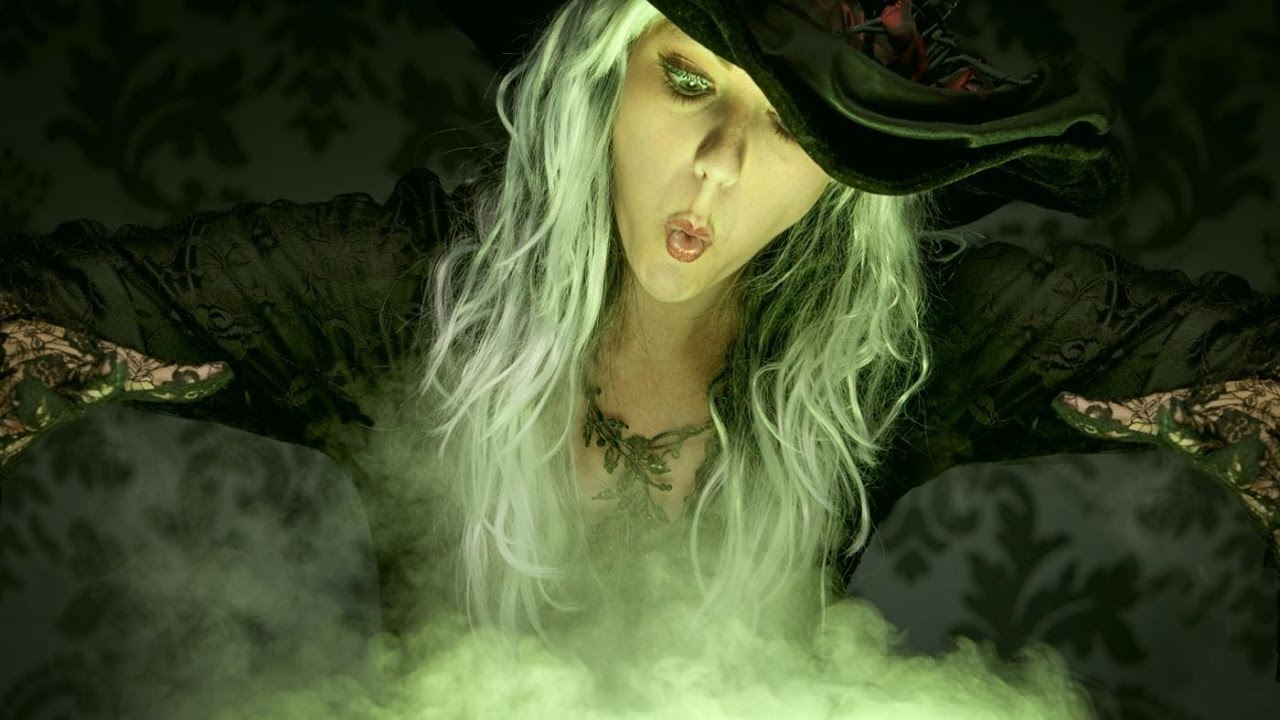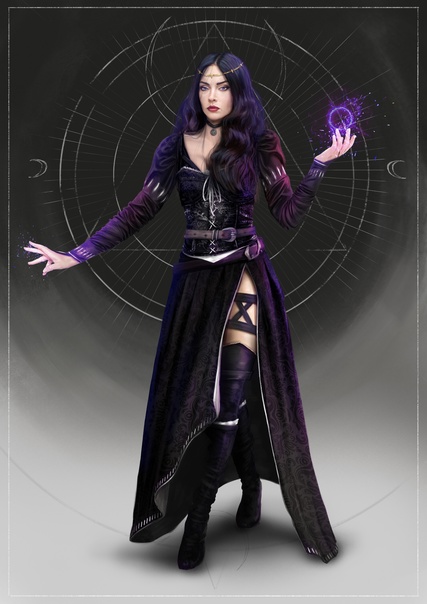The concept of the Bruja (female witch) and Brujo (male witch) holds deep spiritual and cultural significance, particularly within Latin American and Spanish traditions. Rooted in the Spanish word Brujería, which translates to “witchcraft” in English, these terms have evolved over centuries, blending Indigenous practices, African spirituality, and Catholic symbolism.
Despite mainstream portrayals often leaning toward the dark or mysterious, the role of a Bruja or Brujo in traditional and contemporary contexts is far more nuanced and spiritually enriching. This article explores the meanings, interpretations, and modern-day applications of Brujería, delving into its foundational beliefs, practices, ethical considerations, and pathways for those who feel called to this sacred craft.
Understanding Brujería: More Than Just Witchcraft
The Etymology and Evolution of Brujería
The term Brujería has its origins in Spanish and simply means “witchcraft.” However, in many cultures, especially in Mexico, Central America, and parts of the Caribbean, it is deeply interwoven with ancestral spiritual practices. Unlike modern Wicca, which emerged in the 20th century, Brujería draws on centuries-old traditions passed down through oral teachings, rituals, and personal experience.
While the word may carry negative connotations in some communities due to colonial and religious persecution, for many practitioners, reclaiming the title of Bruja or Brujo is an act of empowerment and spiritual reclamation.
Who Is a Bruja or Brujo?
A Bruja (female) or Brujo (male) is essentially a practitioner of Brujería. These individuals engage with the spiritual realm to bring healing, insight, balance, and sometimes justice. Contrary to misconceptions, not all Brujas or Brujos practice dark magic or seek to harm others. In fact, many follow a spiritual path rooted in ethical principles, personal growth, and deep reverence for nature and ancestral wisdom.
The Path of the Bruja/Brujo
Initiation Into the Craft
Becoming a Bruja or Brujo is often a deeply personal journey. Some are initiated by family elders or local curanderas (healers), while others may feel a spiritual calling that prompts them to explore the craft independently. With the internet and global access to spiritual knowledge, it is possible today to begin this path through:
- Reading traditional and modern texts on Brujería
- Observing and connecting with nature
- Practicing rituals during lunar cycles
- Keeping a spiritual journal or “Book of Shadows”
The key is intentionality, respect, and a genuine desire to connect with forces beyond the physical realm.
Learning Through Nature
Brujería is a nature-based spiritual path. Many practitioners believe that nature holds the keys to all spiritual truths. To align with this belief system, one should spend ample time outdoors—watching birds from sunrise to sunset, feeling the energy of the earth beneath one’s feet, listening to the wind, and observing the moon’s phases.
Nature is not just a backdrop; it is a teacher. Through regular observation and engagement, aspiring Brujas and Brujos begin to interpret signs, symbols, and energies that influence both personal and collective realities.
Core Principles of Brujería
Energy as the Central Element
At the heart of Brujería is the understanding and manipulation of energy. This isn’t energy in the scientific sense, but a spiritual force that exists within all living beings and the universe. Magic in this context is the act of raising, directing, and focusing this energy for specific outcomes.
Magic is not about bending nature to one’s will, but rather aligning oneself with natural and spiritual forces to co-create reality. When practiced ethically, magic becomes a tool for healing, empowerment, and self-discovery.
The Role of the Divine: The God and Goddess
Much like Wicca and other Pagan paths, Brujería often includes the veneration of divine archetypes—a God and a Goddess. These deities may not be tied to specific names but rather represent duality: masculine and feminine, sun and moon, life and death.
Some traditions blend Catholic saints with indigenous deities, creating a unique fusion where a saint may simultaneously represent a Yoruban or Aztec deity. For instance, La Virgen de Guadalupe may be honored as a representation of the Earth Mother, while Santa Muerte is revered as the guardian of the dead and protector of the marginalized.
Essential Skills and Practices
Fundamentals of Magic
To walk the path of a Bruja or Brujo, one must grasp the following foundational practices:
Casting a Circle
A sacred circle is cast to protect the practitioner and contain the spiritual energy during rituals. It marks the boundary between the mundane and the magical.
Calling the Quarters
This involves invoking the four cardinal directions—North, East, South, and West—each associated with an element (Earth, Air, Fire, Water) and a spiritual guardian.
Invoking Deity
Calling upon the God, Goddess, or ancestral spirits is done to lend power, guidance, and protection to the ritual.
Directing and Raising Energy
This is achieved through chanting, movement, drumming, dancing, or intense focus. The goal is to build spiritual energy and direct it toward a desired intention.
Meditation and Visualization
A calm and focused mind is vital. Through meditation, practitioners connect with their inner selves, receive visions, and communicate with spirit guides or deities.
Working With the Moon and Natural Cycles
Lunar Phases and Their Influence
The moon plays a crucial role in Brujería. Each phase corresponds to specific types of magical work:
- New Moon: Setting intentions, new beginnings
- Waxing Moon: Growth, abundance, attraction
- Full Moon: Peak energy, divination, healing
- Waning Moon: Banishment, letting go, shadow work
Understanding how the moon affects one’s energy, emotions, and environment allows for more potent and aligned spellwork.
The Book of Shadows
A Book of Shadows is a personal journal where the practitioner records their spiritual experiences, rituals, spells, dreams, and reflections. It is not just a notebook—it’s a sacred text that evolves with the Bruja or Brujo. Over time, it becomes a treasure trove of wisdom and self-discovery.
Some key entries may include:
- Descriptions of rituals performed
- Personal interpretations of omens or dreams
- Lessons learned through spiritual experiences
- Reflections on ethical dilemmas or spiritual growth
Ethics and Responsibilities in Brujería
The Law of Return
One of the most emphasized moral principles in many magical traditions, including Brujería, is the concept of energetic reciprocity—what you put out comes back to you. Some believe in a threefold return, while others see it as simple karmic balance.
Harm None
While not all Brujas or Brujos follow the Wiccan Rede (“An it harm none, do what ye will”), ethical use of magic is essential. Magic used to control or harm others often leads to unintended consequences. Instead, focus on:
- Self-healing
- Protection spells
- Empowerment
- Guidance and truth-seeking
Practitioners must continually assess their motivations and be accountable for the energy they send into the world.
Building a Spiritual Practice
Rituals and Ceremonies
While there are many pre-written rituals available online, true growth comes from creating personalized rituals. These may include:
- Lighting candles for intentions
- Preparing herbal teas or baths
- Writing affirmations or prayers
- Crafting amulets or talismans
The ritual should be meaningful to the individual, not simply a mimicry of someone else’s practice.
Community and Solitary Practice
Brujería can be practiced both solitarily or in community settings such as covens or spiritual circles. Solitary practice allows for introspection and personalized rituals, while group practice brings shared wisdom, collective energy, and guidance from elders.
Joining a coven or attending gatherings can be an enriching experience, especially for beginners seeking mentorship.
Misconceptions and Cultural Sensitivities
Not All Brujas Are Wiccans
While some Wiccans identify as Brujas or Brujos, and vice versa, they are not interchangeable. Wicca is a religion founded in mid-20th century Britain, whereas Brujería predates it and is heavily influenced by Indigenous, African, and Spanish roots. Respecting these differences is crucial, especially when exploring spiritual practices outside one’s cultural background.
Cultural Appropriation vs. Appreciation
It’s essential to approach Brujería with humility and respect. Those from outside Latin or Afro-Caribbean cultures must recognize the historical and spiritual weight these traditions carry. Learning directly from practitioners, reading authentic sources, and giving credit to cultural origins are steps toward respectful engagement.
Signs You May Be Called to Brujería
Many who walk the path of a Bruja or Brujo report common signs that led them to the craft, such as
- A deep connection with nature or animals
- Recurring dreams or visions
- A fascination with herbs, healing, or the occult
- Spiritual sensitivity or empathic abilities
- Feeling “different” from a young age
- Ancestral lineage tied to spiritual or healing practices
These signs are not mandatory but can serve as affirmations along your journey.
Conclusion: Embracing the Path of a Bruja or Brujo
Becoming a Bruja or Brujo is a transformative journey of self-discovery, empowerment, and spiritual connection. It involves much more than spells or rituals; it’s a holistic path rooted in ethics, ancestral wisdom, and deep communion with nature.
Whether you’re drawn to this tradition through lineage, intuition, or a longing for spiritual freedom, remember that the path is uniquely yours. Take the time to learn, observe, practice, and most importantly—honor the sacredness of this journey.
- Sheffield United vs Sunderland LIVE: Championship play-off final result, match stream and latest updates toda - June 5, 2025
- Tulsi Gabbard Net Worth - June 5, 2025
- Explore New Mexico’s THC Infused Beverages - June 5, 2025







